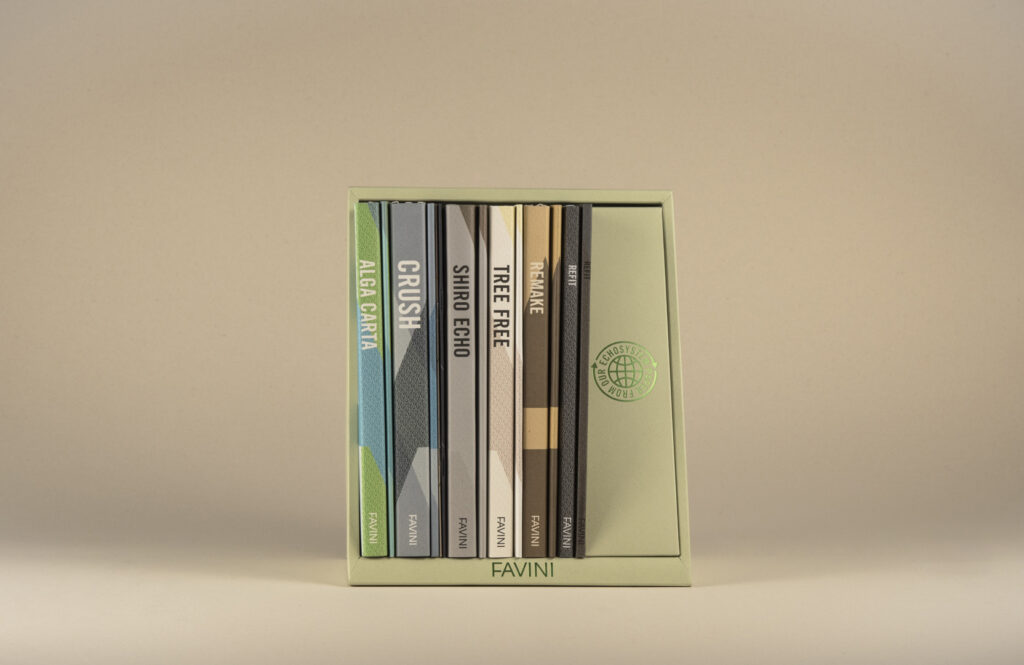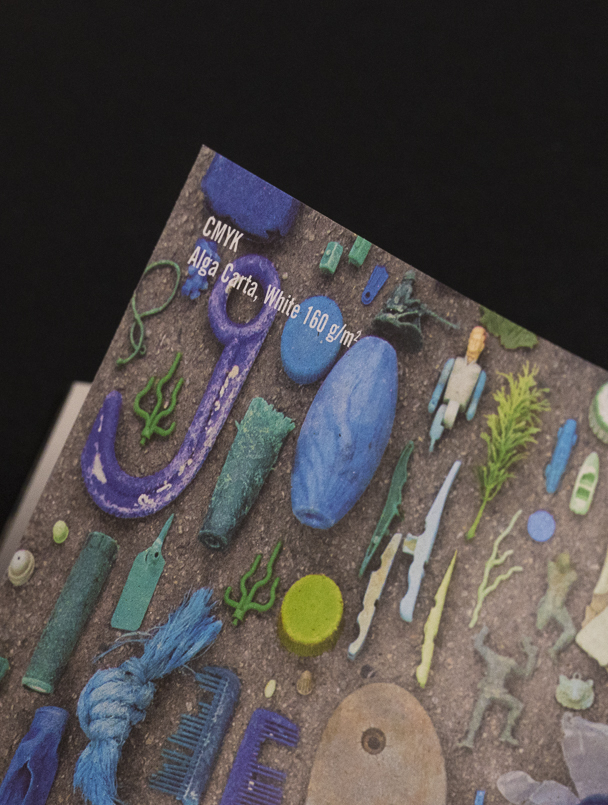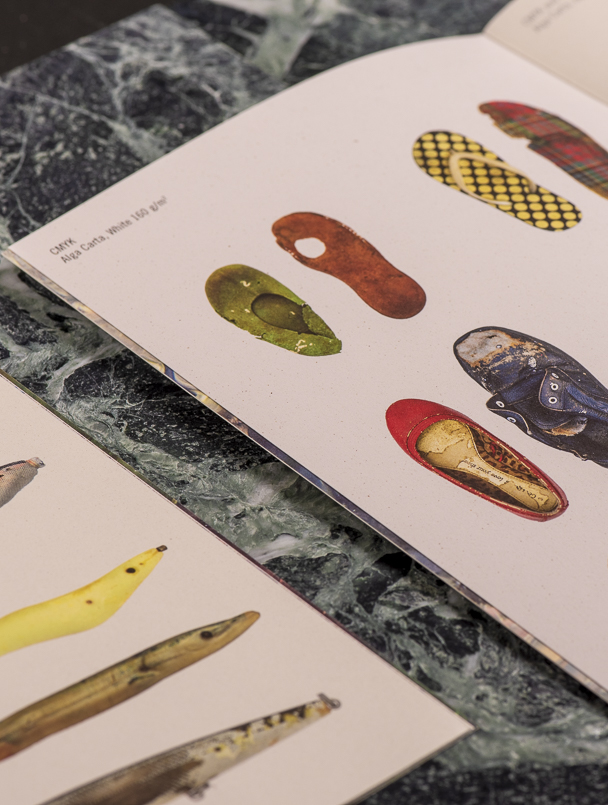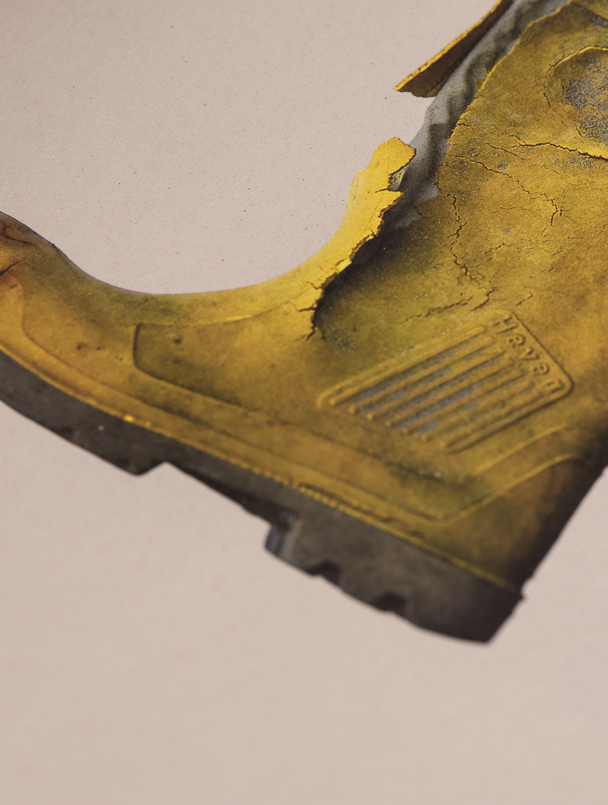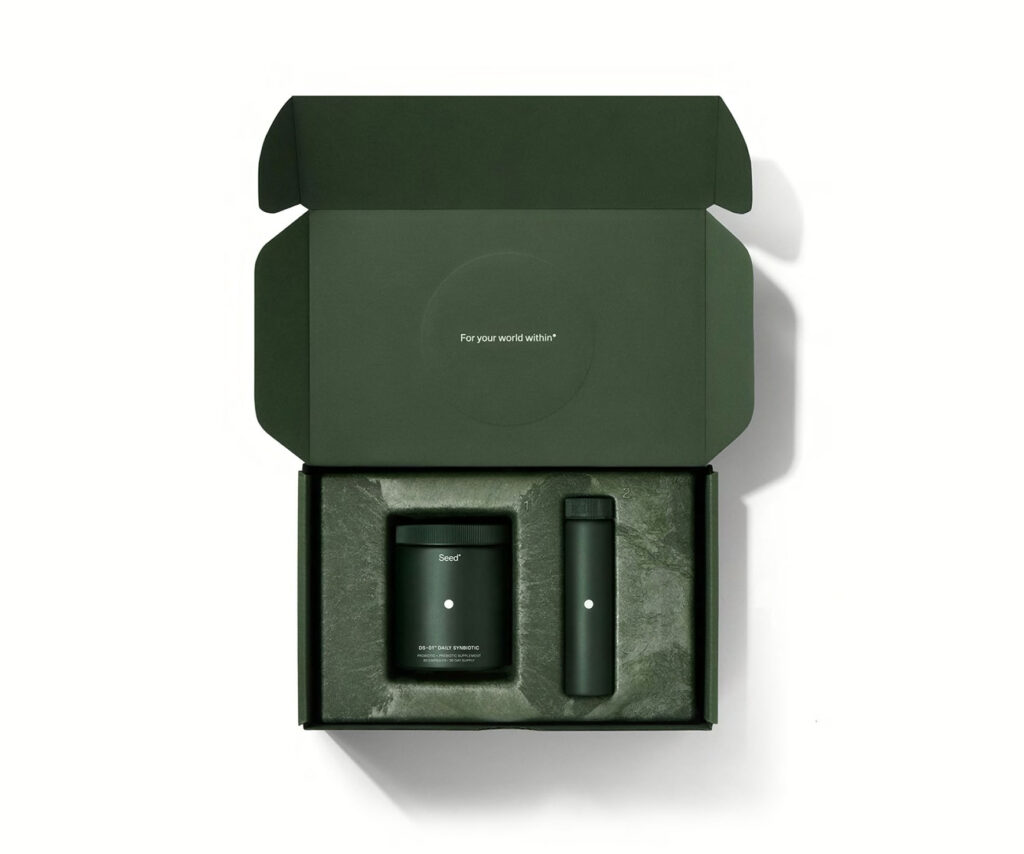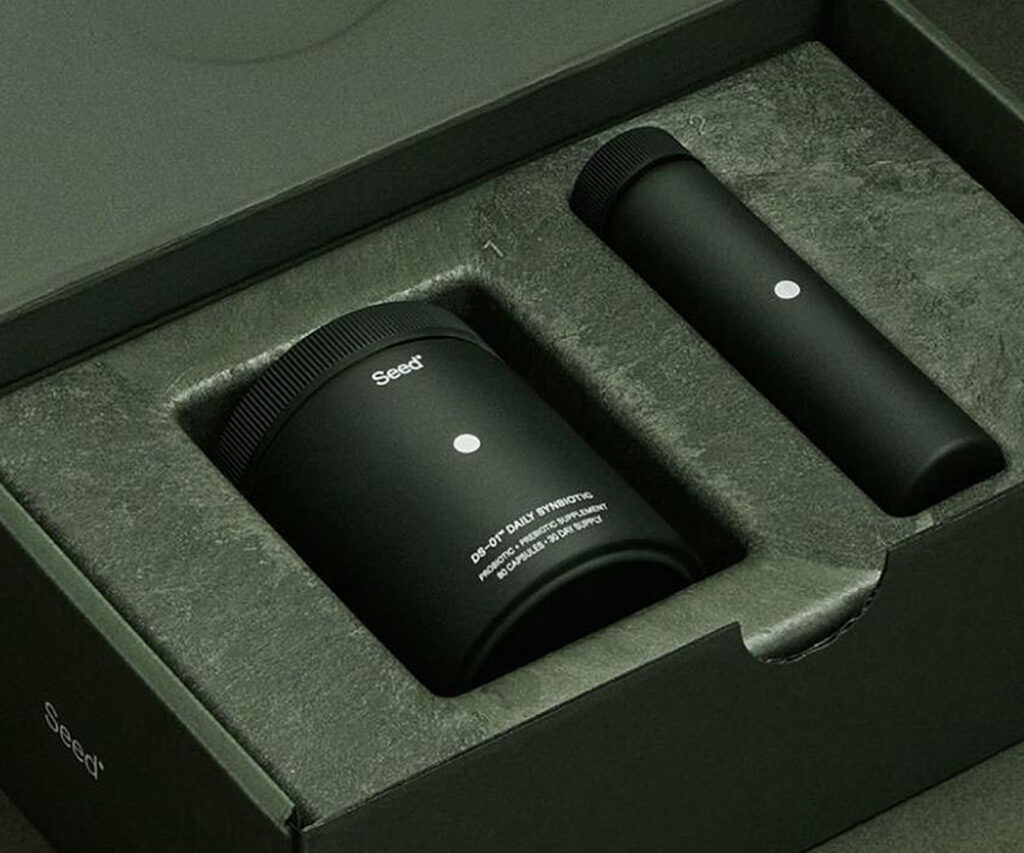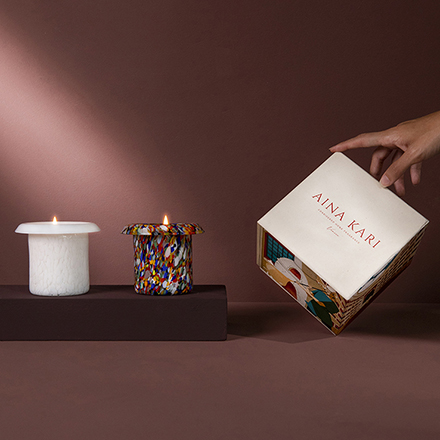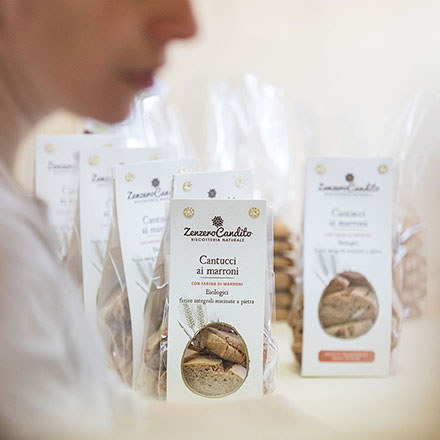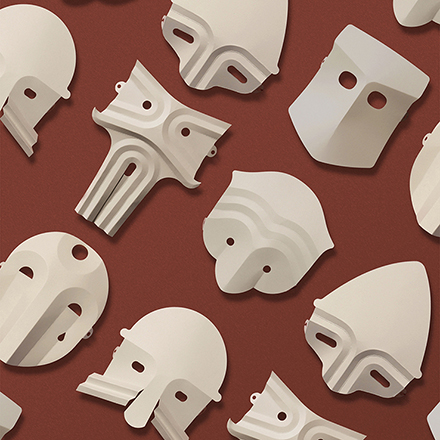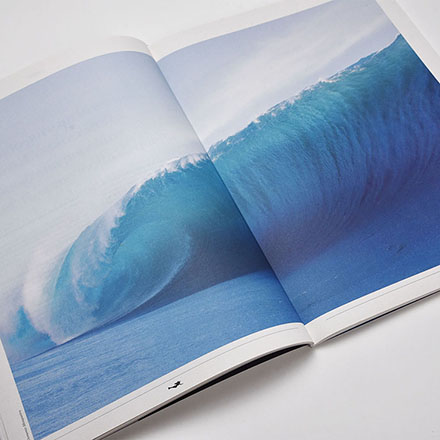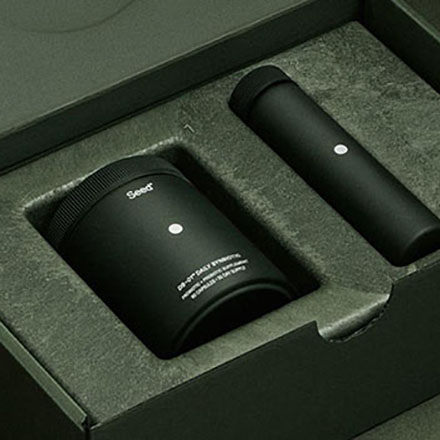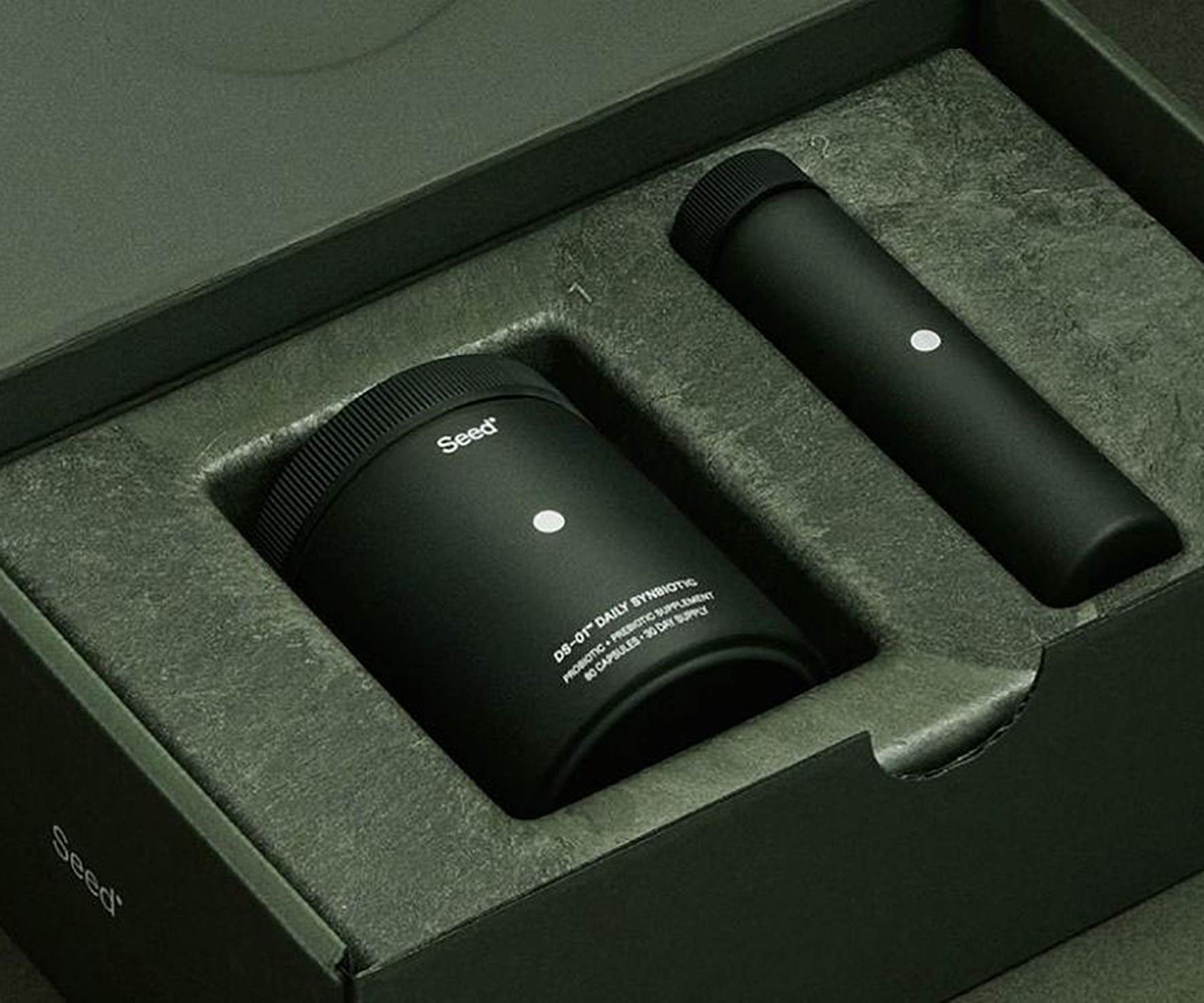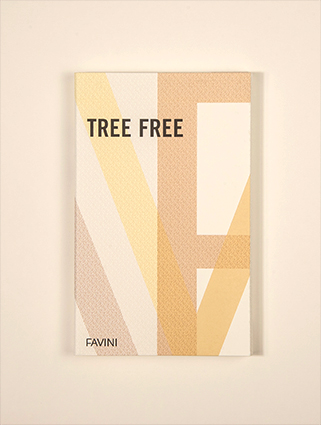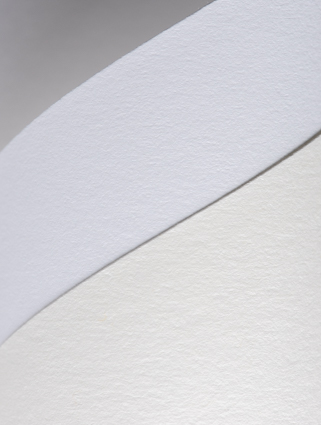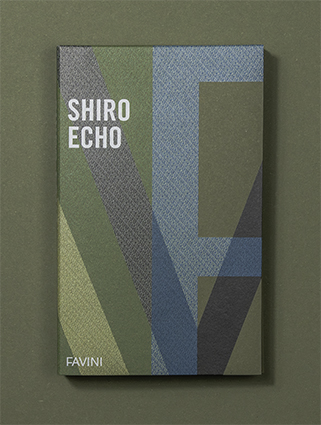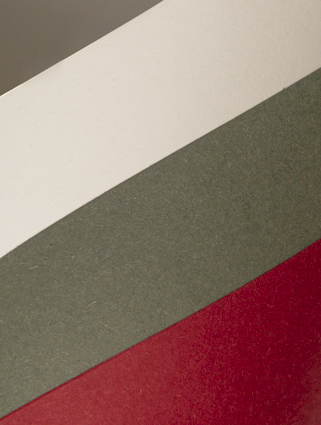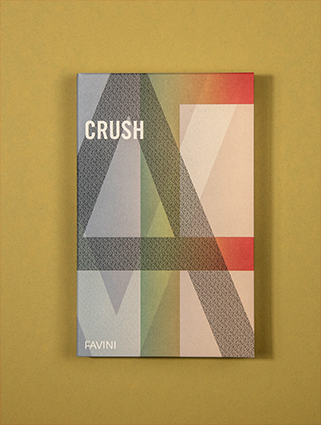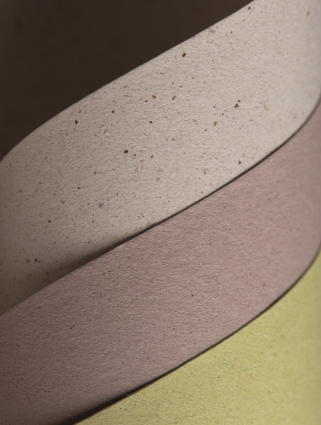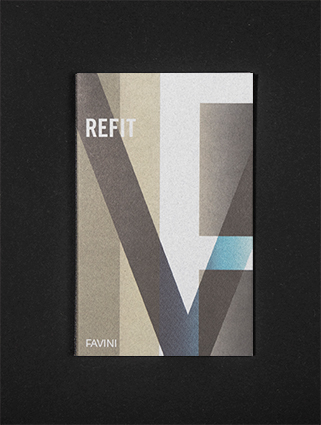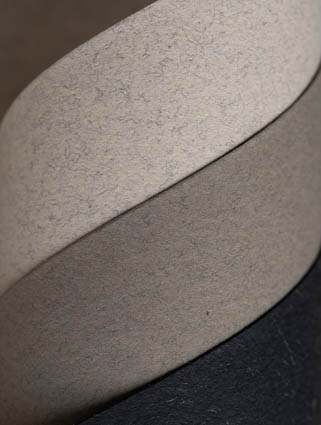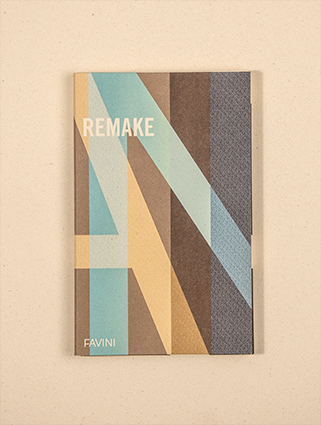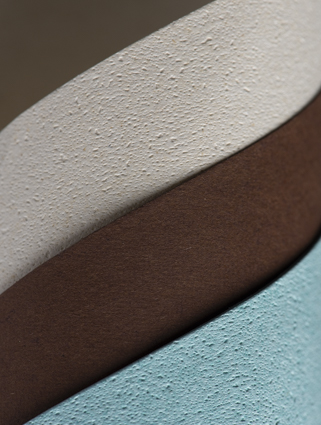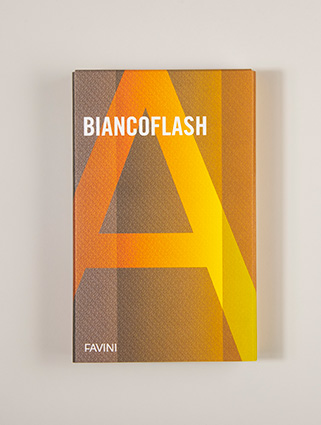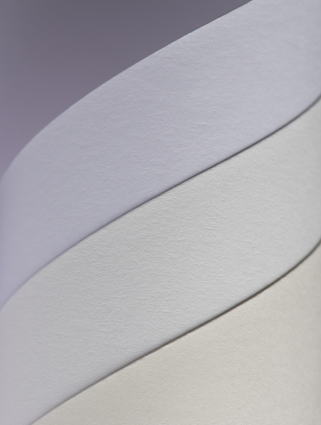
The background and an introduction
Favini’s journey towards sustainability began in the early 1990s: In 1992 Favini invented a method to reuse the algae which was infesting the Venetian Lagoon, it originated from a request from the Water Authority of Venice. So it was that in February of that year in the Rossano Veneto plant, Favini started the first industrial production of Alga Carta.
Achille Monegato, who at this time was the Head of Laboratory and R&D, still remembers the first production, which took place between 10 and 11 a.m. As the smell of seaweed wafted through the factory, the patent that would be filed within a week was being written. “The main critical issue was the speed of decomposition of the seaweed from the time of harvesting, which is why the drying step was essential to incorporate this material into the pulp,” Achille recounts today. The dried algae facilitated paper production, giving Favini the distinction of being the first paper mill to use algae in production.
The success of paper made from algae was not long in coming. As early as 1993, the Alga Carta project was approved by the then EEC as a Life programme for new clean applied sciences. This was followed in 1994 by Favini receiving the Philip Morris award for environmental advancement.
Even on TV there was talk of Favini’s new product, ‘we were overwhelmed with interview requests,’ says Achille. The buzz in the audience was mainly about the image of the city of Venice, it was later that it took on a more environmentally sustainable connotation.
Everyone in the company was enthusiastic about the project, from the then President Andrea Favini and his son CEO Marco Favini to the plant and sales managers. A project that was made possible thanks to the collaboration of the Consorzio Venezia Nuova and Magistrato delle acque, ENEA (National Agency for New Technologies, Energy and Sustainable Economic Development) and Ecolstudio of Padua.
How has the brand and its sample collateral progressed over the years?
The launch of Alga Carta was an opportunity to introduce the Favini brand, thus revising the marketing strategies that until then had focused on promoting Colorissimi, the leading Italian recognised brand in coloured paper ranges , which is known today as Burano.
From the 1990s onwards, the Favini name then came to the fore, recognised as the innovative and environmentally aware paper mill.
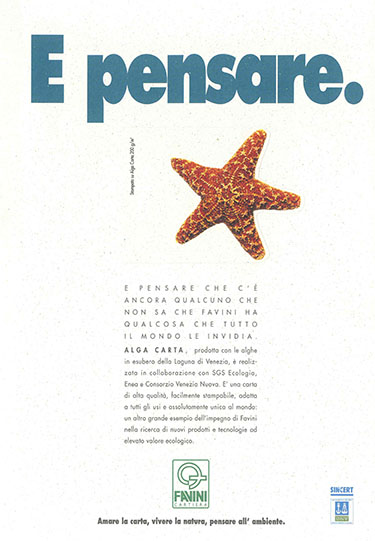
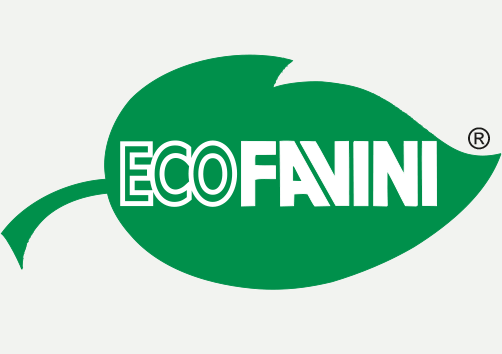
Alga Carta became part of the EcoFavini paper family, which also included Ecoiris, Mais carta and Tree Free. This was a strong message to explain the direction Favini had chosen to take with regard to sustainability, despite the fact that the market – in general – had not yet developed an awareness.
Thirty years later, coming to the present day, Favini has a new brand that embraces and identifies the most sustainable products in the range: Paper from our Echosystem, which of course Alga Carta is part.
Michele Posocco, Favini’s Marketing Manager, explains the difference between EcoFavini and Paper from Our Echosystem. While EcoFavini represented a collection of ecological papers defined as such because of the raw materials they used, and these were alternative fibres or from annual fibres, Paper from Our Echosystem today represents the evolution and response to current market needs. The ecological paper brands have increased, not only using alternative raw materials, but also by using renewable energy in production, recycled material in the pulp, and offsetting any residual un-avoidable CO2 emissions.
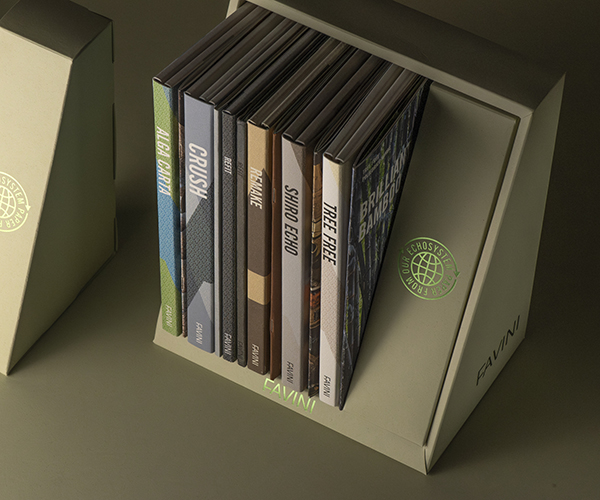
To this day, Alga Carta still fascinates, for Michele Posocco it is ‘an example of circular economy and creative reuse of a natural surfeit and created in times when sustainability was not yet an issue on the agenda. The substitution of tree pulp is a theme that has long surprised and still creates considerable interest, as does the theme of protecting the seas and oceans. The result is a paper that prints very well, with a rough appearance due to inclusions that are visible to the naked eye.
Evolution of the logo and brand image
In the 1990s, Alga Carta’s logo was figurative: the image was reminiscent of Venice, famous for its lagoon navigated its particular boats, the gondolas.
In the 2000s, Alga Carta entered the ‘SHIRO’ hat, this word comes from the Japanese and means ‘pure, white’, it sat alongside other paper ranges. It was temporarily rebranded as SHIRO ALGA CARTA and the logo underwent stylistic adjustments to follow the guidelines of the brand identity, and this included a change of font.
In 2019: another turning point! Alga Carta goes back to basics with its simple, direct, memorable and descriptive brand. Alga Carta, the paper made from algae.
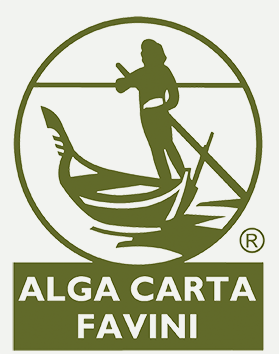
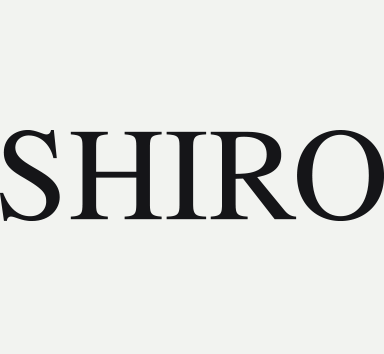
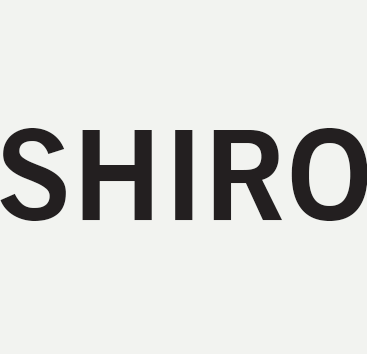
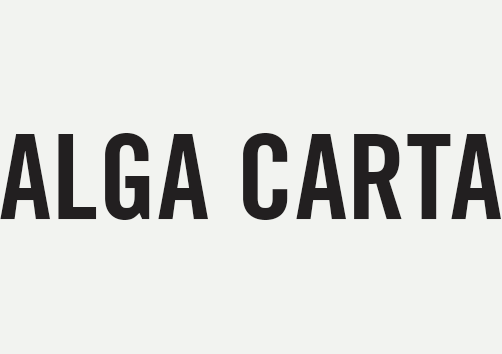
Even the sample books, essential for presenting the paper to the market, have evolved:
In the 1990s, the sample books contained strong references to the Venetian lagoon where the algae was originally harvested: Gondolas, the sea and the skyline of St. Mark’s Square.
In the 2000s, the reference was to its distinctive ingredient – seaweed – becoming the hero of the graphics. One is made by the impression of used boat ropes impregnated with ink!
More recently, the graphics are more minimalist and geometric: textures from the oversized letters that make up the Favini brand intersect each other creating an interplay of colour and pattern.
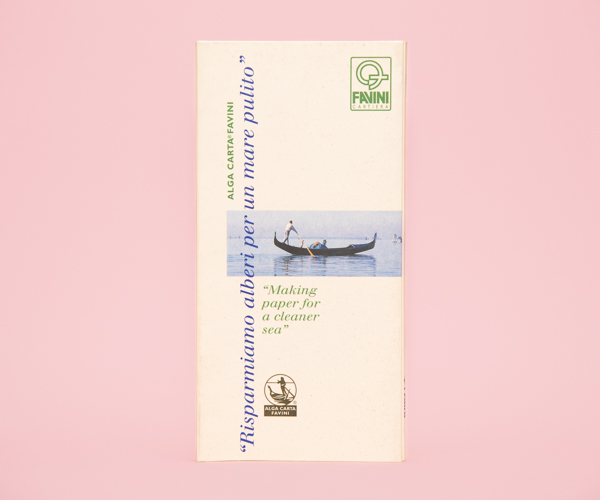
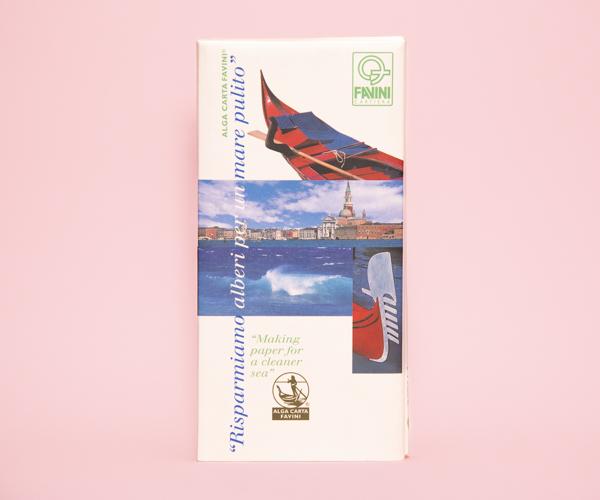
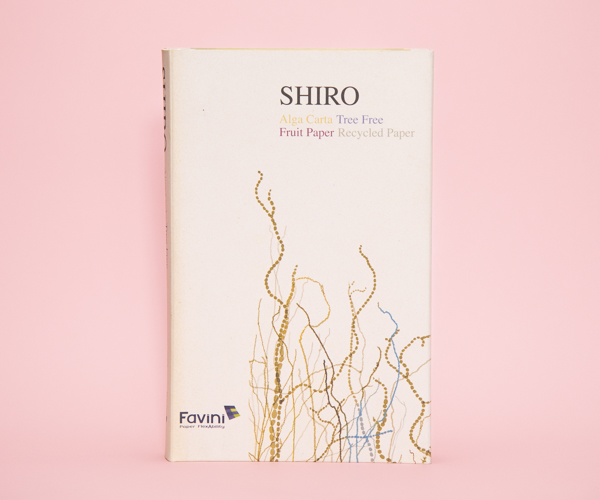
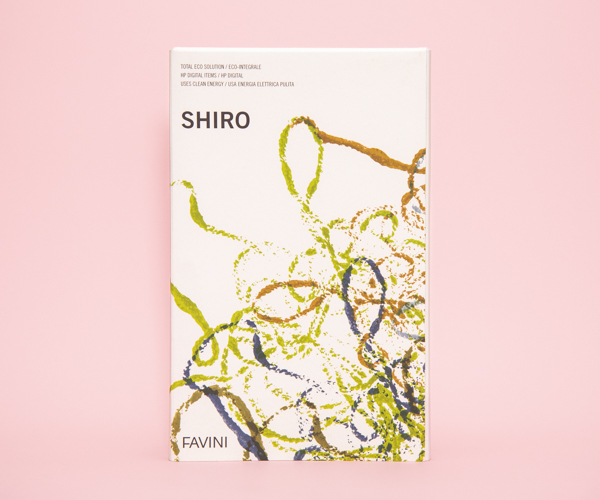
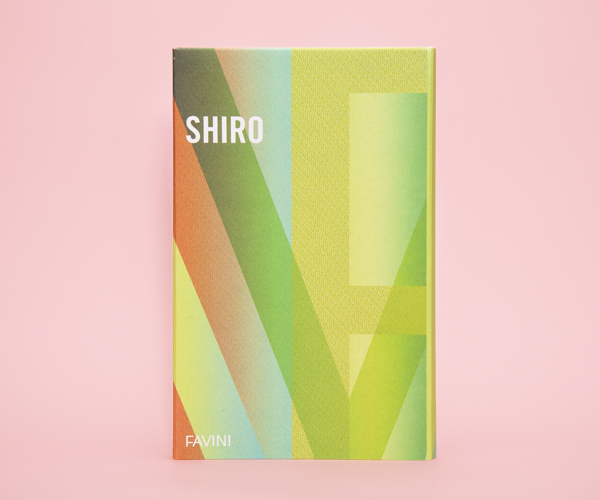
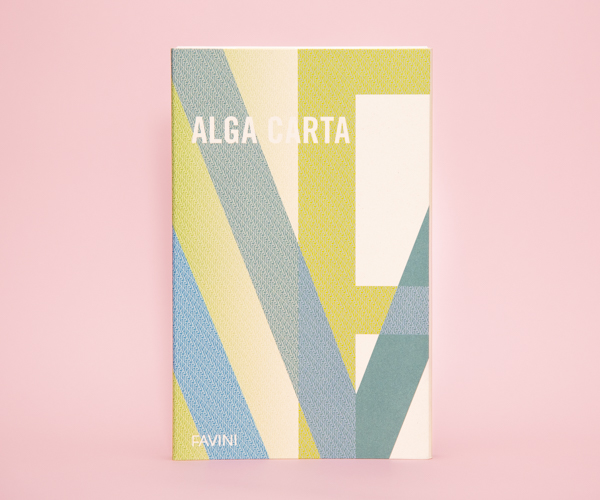
Towards the future
Favini’s past and future are continually linked through Alga Carta, as it was the first upcycling project launched by Favini from a time when this concept had not yet taken the shape and understanding that we know it as today. After several years on the market, it gained the aura of an iconic product, initially boosting the Favini brand and helping the company to establish itself as a trendsetter in the world of ecological papers and then by pointing the way to an alternative path for sustainability in the paper industry.
Andrea Favini, the company’s current Marketing and Export Sales Manager, says: ‘I still remember an exchange that took place in the early 2000s between us and a major producer of cellulose fibres. He asked us what reason we had for introducing into the market a paper made from marine ‘waste’, which was dirty (‘spotted’) and smelled of algae, when the market offered very pure cellulose fibres, bleached and guaranteed by FSC™ certification. We replied that we were imagining a world where every resource was fully utilised, including industrial waste and biomass; a world where waste matter is converted into raw material’.
And time has confirmed our actions, a large number of companies have since followed the path of Upcycling.
As far as the future development of Alga Carta is concerned, Andrea Favini says that the connection with the sea and the remarkable aesthetic qualities of this product make Alga Carta still an immensely popular material today, so it is hard to imagine it being any different from yesterday. However, as Favini will never stop searching for new alternative fibres to become today’s raw materials, ‘I like to imagine that the sea will become an even more central theme for a possible new product, on the way to an increasingly sustainable industry.
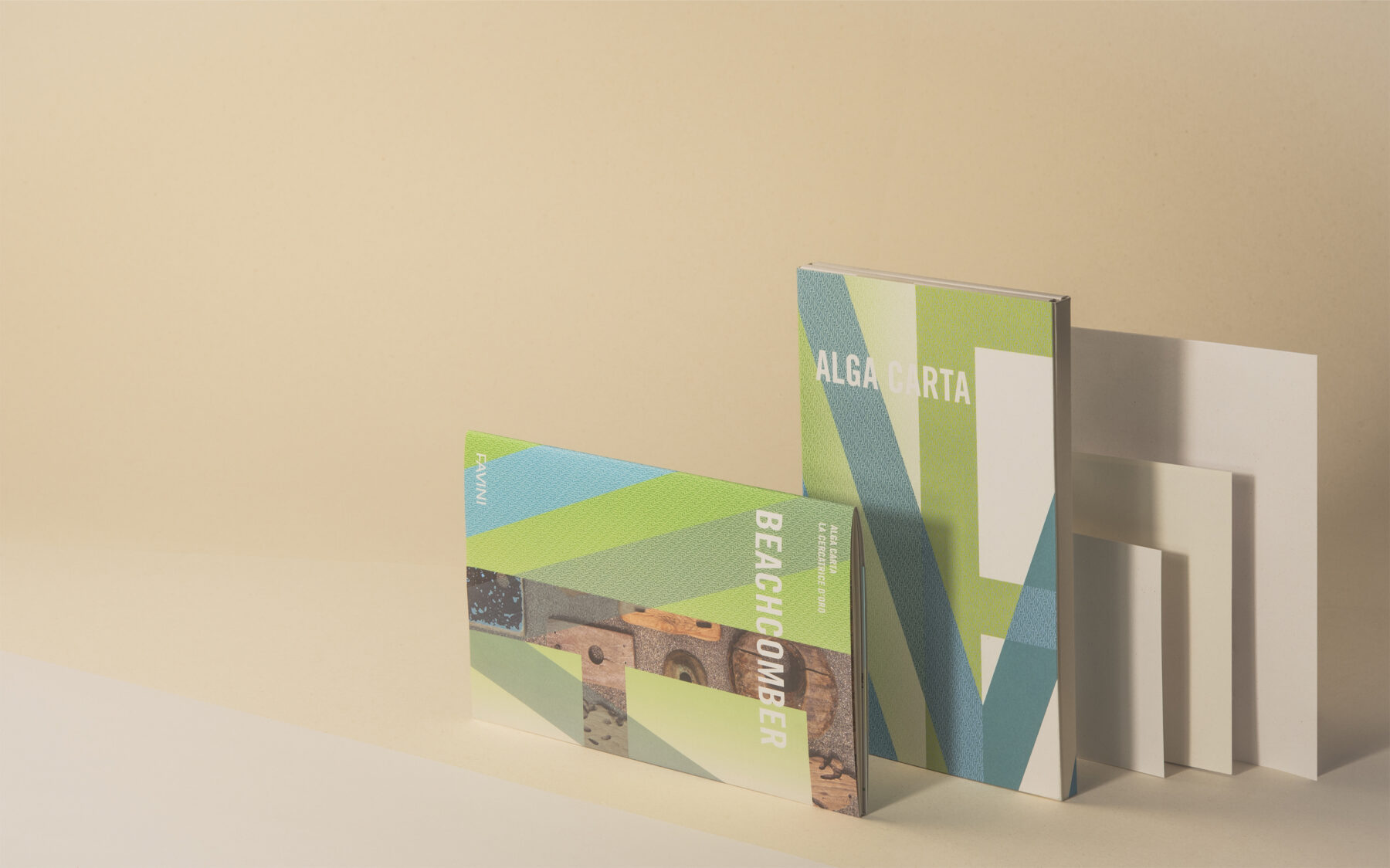
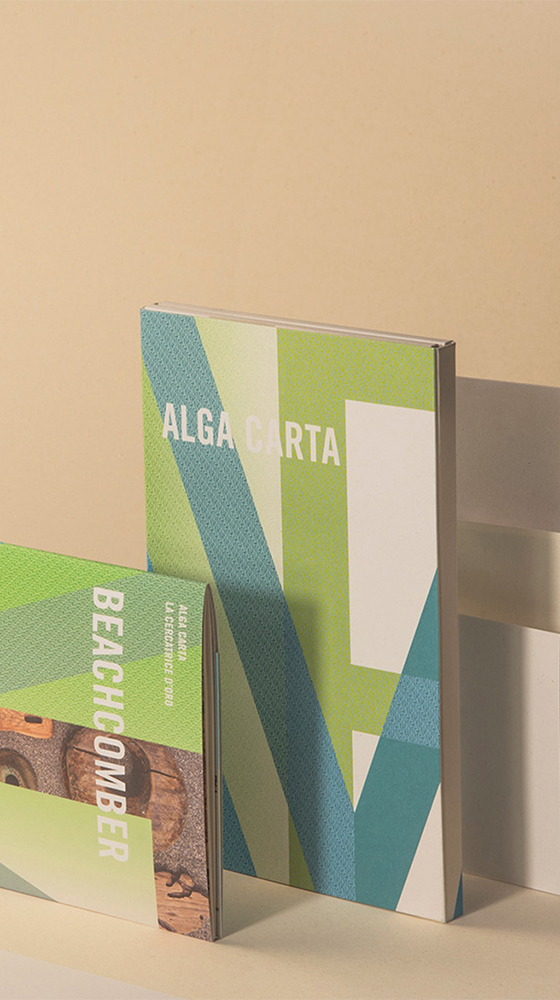
What is Alga Carta
Inspiring and provoking emotions ever since its introduction in the 90’s, Alga Carta is the paper created from algae that, by its abnormal proliferation, was damaging the fragile ecosystem of the Venice Lagoon.
Even today, the same production process is used for the upcycling of overabundant algae, now from marine environments in other parts of the world. The seaweed particles are visible on the surface to give a unique natural look.
We produce Alga Carta with energy from renewable sources and offset unavoidable emissions. Alga Carta is FSC™FSC™ C001810 certified, recyclable and biodegradable!
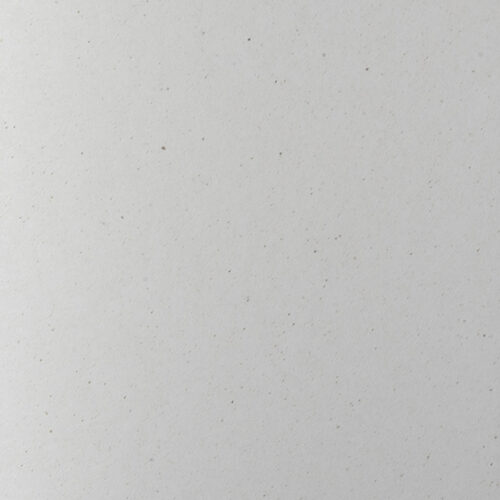

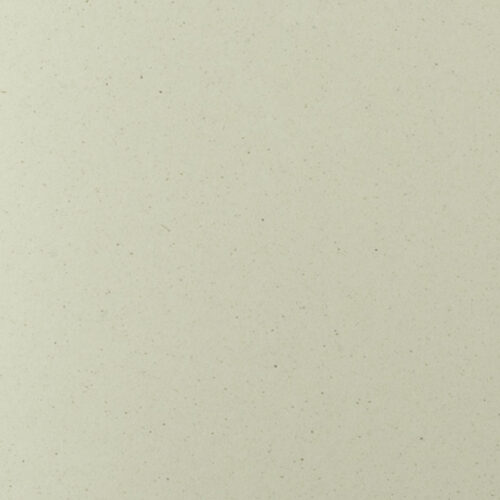

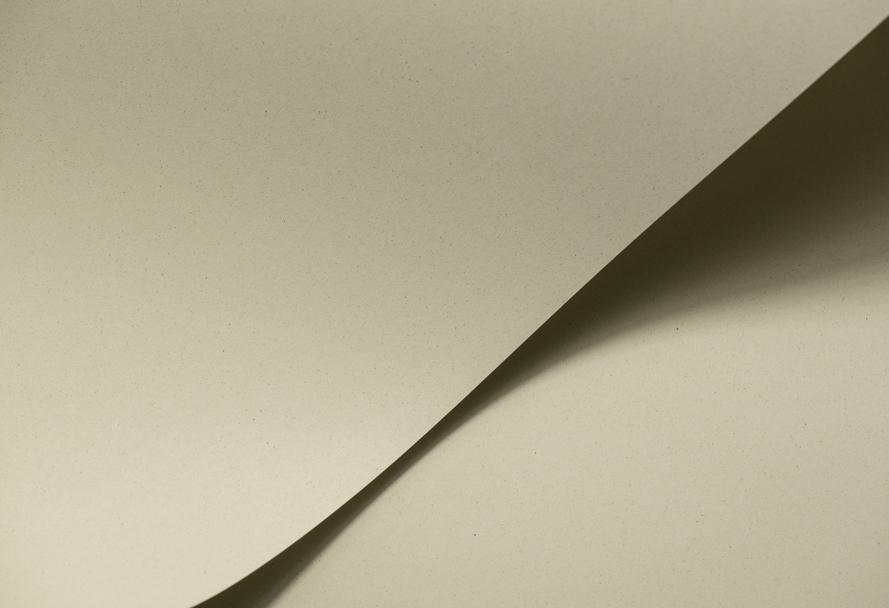
Alga Carta from past to present
Discover more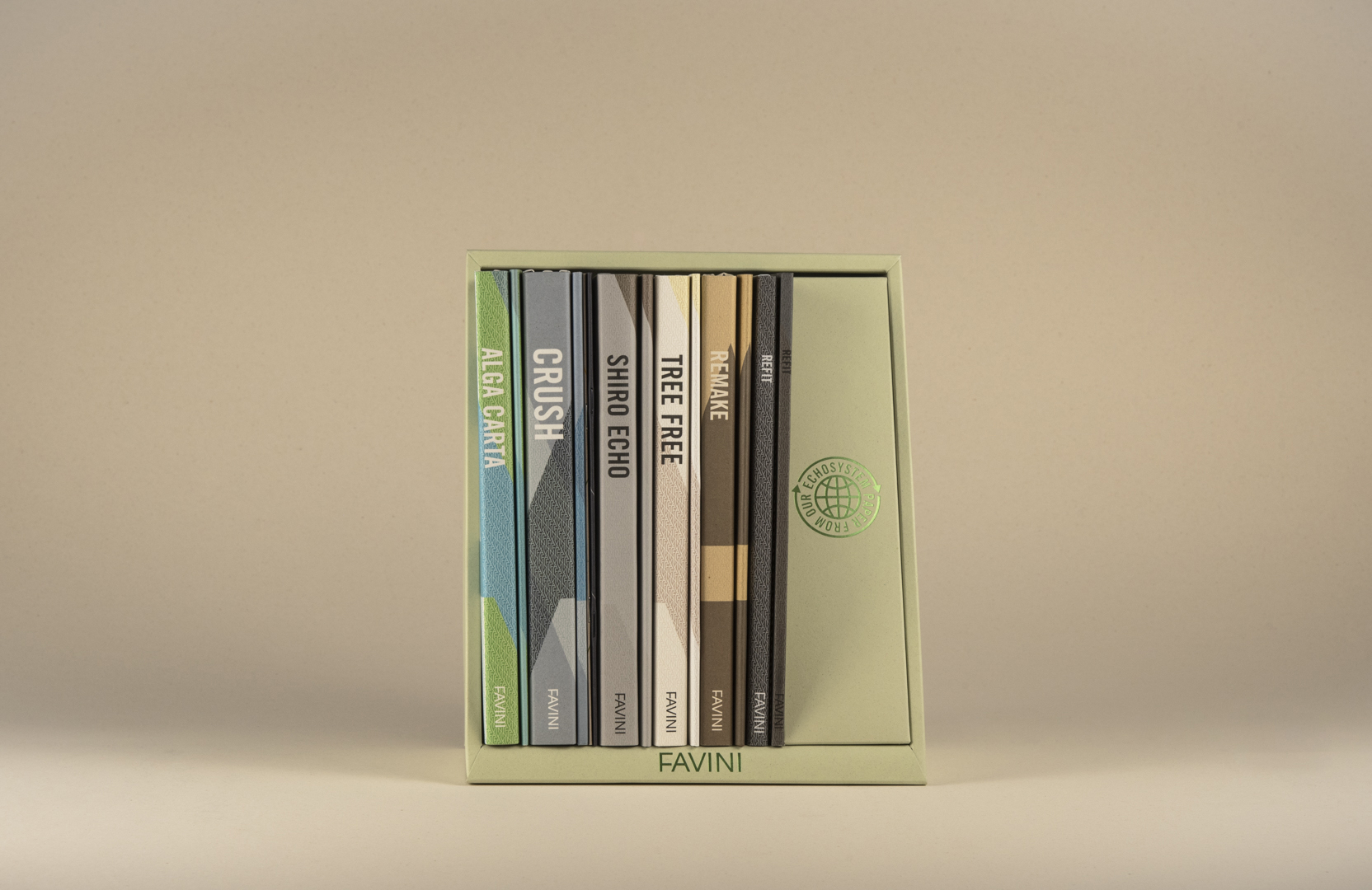
Why is Alga Carta part of Paper from our Echosystem?
Discover the eco features
Discover more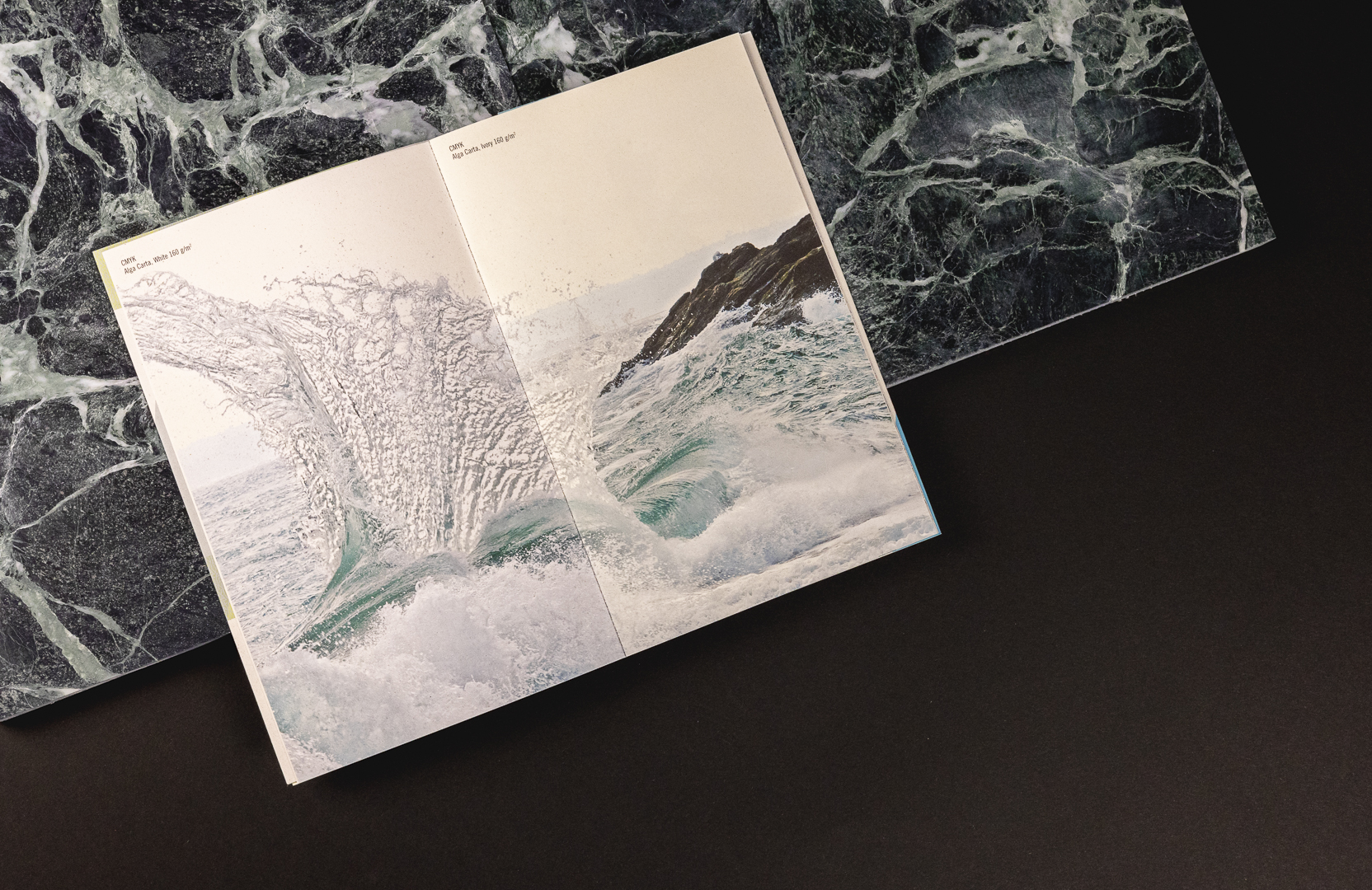
Printing results on Alga Carta: Beachcomber
Beachcomber: the Alga Carta’s visual book
Discover more- Alga Carta
- Aralda
- Astralux
- Biancoflash
- Bindakote
- Burano
- Classy Covers
- Contact Laid
- Contact Pack
- Cover Line
- Crush
- Digital
- Dolce Vita
- Favini Art
- Laguna
- Lightset
- Lunar
- Majestic
- Mirage
- Prisma
- Refit
- Remake
- Sahara
- Shiro Echo
- Softy
- Sumo
- The Tube
- Tokyo
- Tree Free
- Twill
- Twist

